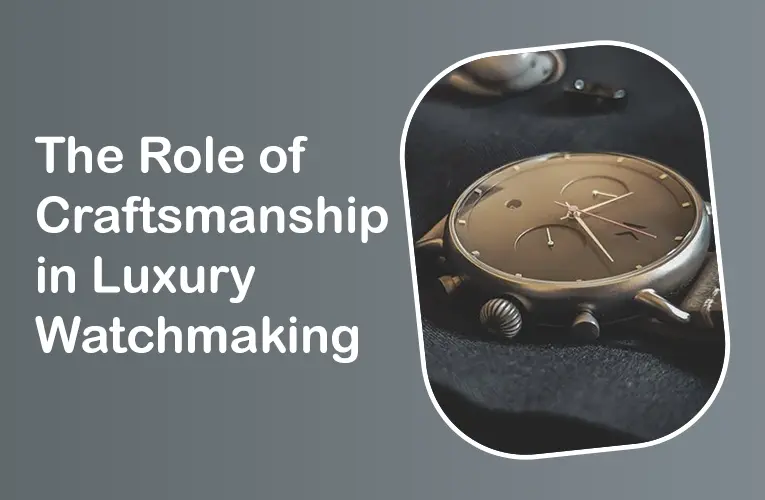Luxury Bike Maintenance: Keeping Your Investment in Top Shape
Table of Contents
- Introduction to Luxury Bike Maintenance
- Routine Maintenance Checklist
- Cleaning Your Bike
- Lubricating Key Components
- Inspecting and Adjusting the Brakes
- Checking the Tires
- Maintaining the Drivetrain
- Seasonal Maintenance Tips
- Spring and Summer Care
- Autumn and Winter Preparation
- Storage Solutions
- Professional Services vs. DIY Maintenance
- Common Issues and Troubleshooting
- Conclusion
Introduction to Luxury Bike Maintenance
Luxury bikes are designed with high precision and craftsmanship, often incorporating cutting-edge technology and materials. Maintaining such a bike involves more than basic upkeep; it requires an understanding of its sophisticated components and the care needed to keep them functioning flawlessly. Proper maintenance not only extends the lifespan of your bike but also enhances its performance and safety.
Routine Maintenance Checklist
Cleaning Your Bike
Why Clean Your Bike?
Regular cleaning is crucial for preventing dirt, grime, and debris from causing premature wear on your bike’s components. It also ensures that you can identify potential issues early on.
Steps for Effective Cleaning:
- Preparation: Start by placing your bike on a bike stand. If you don’t have a stand, you can flip the bike upside down and rest it on the handlebars and seat.
- Rinsing: Use a gentle stream of water to rinse off any loose dirt and debris. Avoid using high-pressure water, as it can force grime into sensitive components.
- Washing: Apply a bike-specific cleaner or mild soap mixed with water. Use a soft brush or sponge to scrub the frame, wheels, and other parts. Be sure to avoid using harsh chemicals that could damage the bike’s finish.
- Rinsing Again: Rinse the bike thoroughly to remove all soap residue.
- Drying: Use a clean, dry cloth to wipe down the bike. Pay special attention to areas where water can collect, such as the bottom bracket and drivetrain.
- Detailing: Use a small brush or a specialized bike cleaning tool to clean hard-to-reach areas.
Lubricating Key Components
Why Lubricate?
Proper lubrication reduces friction, prevents rust, and ensures smooth operation of moving parts.
Key Areas to Lubricate:
- Chain: Apply a bike-specific chain lubricant. Use a chain cleaning tool or a cloth to remove old lubricant and dirt before applying new lube. Wipe off excess lubricant to prevent attracting more dirt.
- Derailleurs and Shifters: Apply a small amount of lubricant to the pivot points and cables. Avoid over-lubricating, as excess can attract dirt.
- Brake Cables: Lubricate the brake cables and housing to ensure smooth braking performance.
Inspecting and Adjusting the Brakes
Why Inspect Brakes?
Brakes are critical for safety. Regular inspection ensures they are functioning correctly and prevents accidents.
Steps for Inspection:
- Check Brake Pads: Inspect for wear. If the pads are worn down to the indicator line, they should be replaced.
- Test Braking Performance: Squeeze the brake levers to ensure they engage smoothly. Check for any squeaking or grinding noises.
- Adjust Brake Calipers: If the brake pads are not aligned with the rim or disc, adjust the calipers as necessary.
Checking the Tires
Why Check Tires?
Proper tire maintenance ensures optimal performance and safety. It also helps to prevent flats and prolongs the lifespan of your tires.
Steps for Tire Maintenance:
- Check Pressure: Use a bike pump with a built-in pressure gauge to ensure tires are inflated to the recommended pressure.
- Inspect for Damage: Look for cuts, punctures, or other signs of damage. Replace tires if necessary.
- Check Tread: Ensure that the tread is not excessively worn. Replace tires if the tread is too shallow.
Maintaining the Drivetrain
Why Maintain the Drivetrain?
The drivetrain is one of the most complex systems on your bike. Proper maintenance ensures smooth shifting and extends the life of the components.
Steps for Drivetrain Care:
- Inspect Chain: Check for chain wear using a chain checker tool. Replace the chain if it’s too stretched.
- Clean Cassette and Chainrings: Use a brush or degreaser to remove grime from the cassette and chainrings. Avoid getting degreaser on the brake rotors.
- Adjust Derailleurs: Ensure that the front and rear derailleurs are properly aligned and adjusted for smooth shifting.
Seasonal Maintenance Tips
Spring and Summer Care
Spring:
- Inspect for Winter Damage: Check for any wear or damage caused by winter conditions.
- Upgrade Components: Consider upgrading components if you’ve noticed any wear over the winter.
- Check Tire Pressure and Condition: Ensure tires are in good condition for increased riding.
Summer:
- Maintain Hydration Systems: Clean and check hydration systems if you use them.
- Watch for Overheating: Ensure that components are not overheating, especially in hot weather.
Autumn and Winter Preparation
Autumn:
- Clean and Inspect for Debris: Remove leaves and debris that may have accumulated.
- Prepare for Rain: Ensure that components are lubricated and protected against moisture.
Winter:
- Store Properly: If you’re not riding, store your bike in a dry place.
- Use Winter-Specific Lubricants: Consider using lubricants designed for cold weather to prevent freezing and rust.
Storage Solutions
Why Proper Storage Matters:
Proper storage prevents rust, damage, and deterioration of components.
Storage Tips:
- Indoor Storage: Store your bike indoors in a dry, cool place. Avoid areas with extreme temperatures or high humidity.
- Bike Covers: Use a bike cover to protect against dust and accidental damage.
- Suspension Care: If you have a suspension bike, consider using a suspension-specific lubricant and avoid compressing the suspension for long periods.
Professional Services vs. DIY Maintenance
Professional Services:
- When to Use a Professional: Complex issues, detailed tuning, and significant repairs often require professional expertise.
- Finding a Reputable Mechanic: Look for a bike shop with certified mechanics and good reviews.
DIY Maintenance:
- When to Do It Yourself: Routine tasks like cleaning, lubricating, and basic adjustments can often be done at home.
- Tools and Resources: Invest in quality bike tools and consult online guides or manuals for instructions.
Common Issues and Troubleshooting
1. Shifting Problems:
- Issue: Gears are not shifting smoothly.
- Solution: Check derailleur alignment and cable tension. Clean the drivetrain.
2. Brake Issues:
- Issue: Brakes are not responsive.
- Solution: Inspect brake pads and adjust calipers. Ensure that brake cables are not frayed.
3. Tire Problems:
- Issue: Frequent flats or poor traction.
- Solution: Check for punctures or debris in the tire. Ensure proper inflation and consider replacing worn-out tires.
Conclusion
Maintaining a luxury bike requires dedication and attention to detail. By following the tips outlined in this guide, you can ensure that your investment remains in top shape, delivering optimal performance and enjoyment for years to come. Regular cleaning, proper lubrication, timely adjustments, and professional servicing when needed will help you preserve the value and functionality of your high-end bike. Embrace the maintenance routine as part of your biking lifestyle and ride confidently, knowing your bike is in the best possibl









